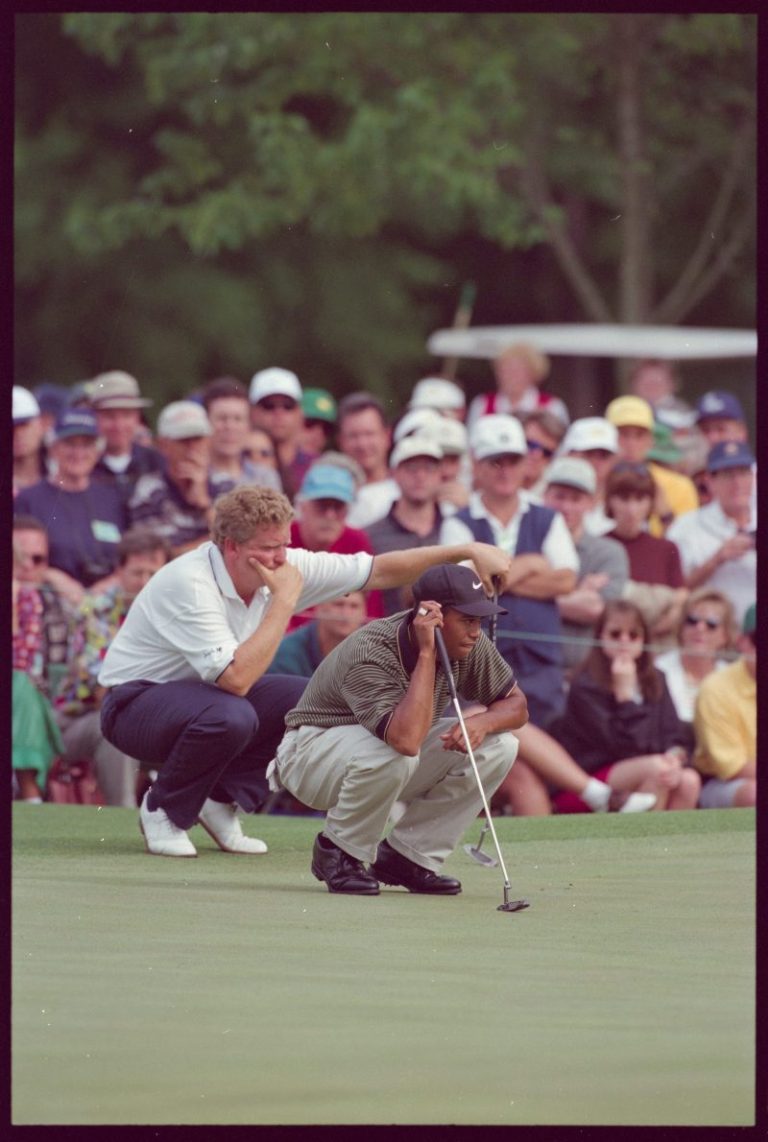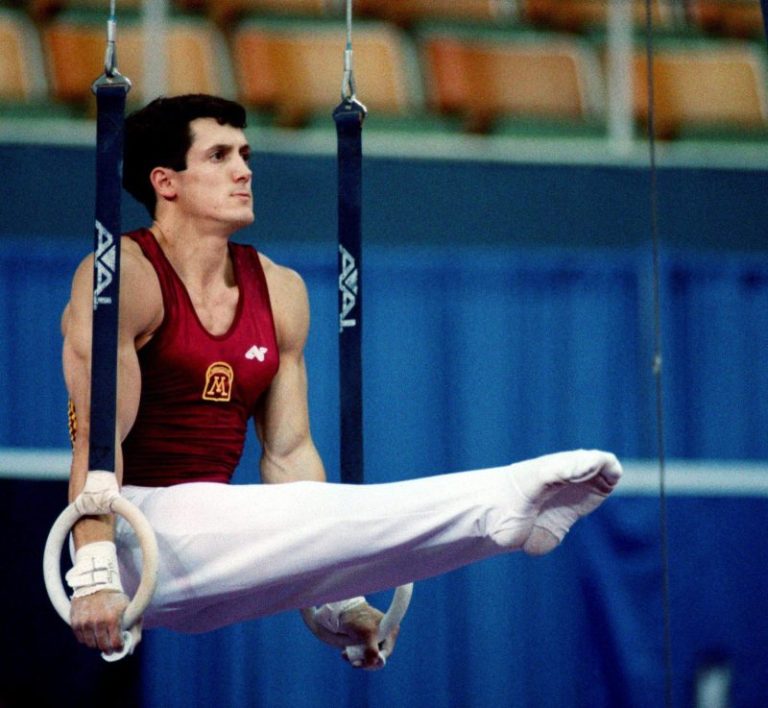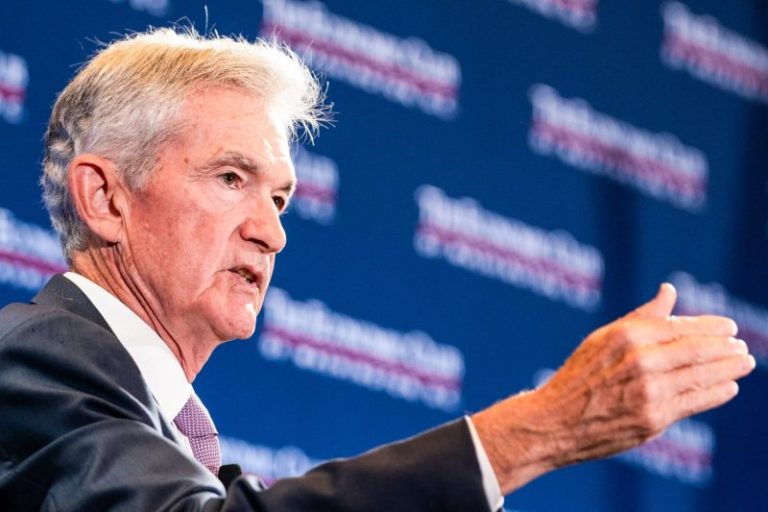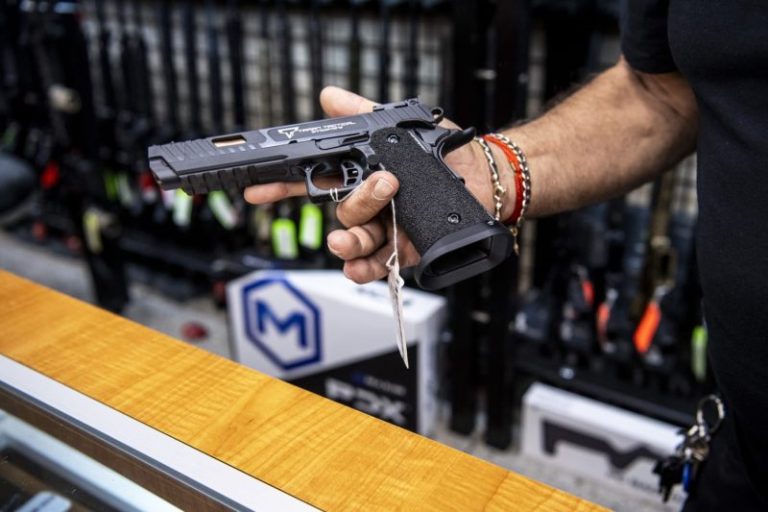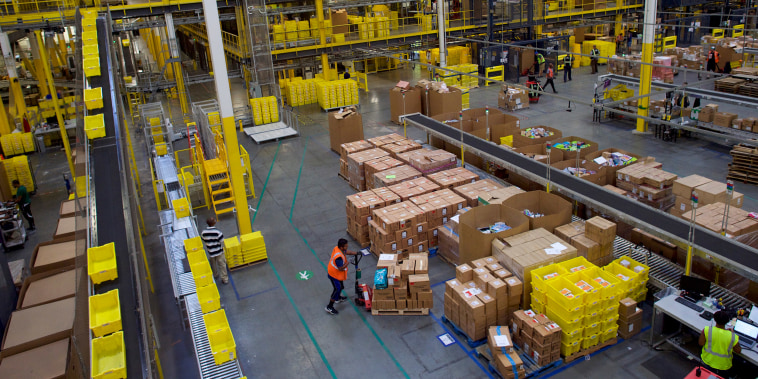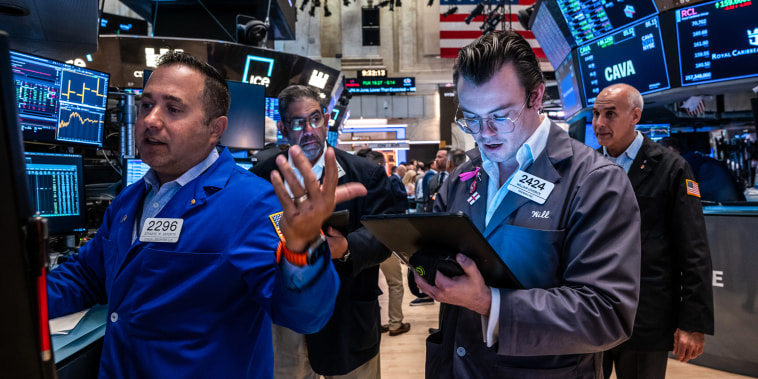If you’re old enough to remember the origins of Tiger Woods, there’s nostalgic pleasure in the idea he can still dunk on Colin Montgomerie today with just as much flair as he did during the 1997 Masters in a third round that changed the course of golf history.
Back then, it was Tiger delivering a nine-shot beatdown after Monty suggested the 21-year-old’s lack of experience in major championships might make him vulnerable on the weekend. Fast-forward 27 years and the argument has instead moved to retirement, with the always-earnest Scottish legend suggesting in an interview last week that it might be time for Woods — just 48 but lugging around a body beaten down by injury — to exit the stage rather than playing more Open Championships like the one beginning Thursday at Royal Troon.
“As a past champion, I’m exempt ’til I’m 60. Colin’s not,” Woods said wryly when asked about Montgomerie’s comments Tuesday morning. “He’s not a past champion, so he’s not exempt so he doesn’t get the opportunity to make that decision. I do.”
It’s an incredible burn. It’s especially funny when you think about major-less Monty, 27 years later, once again taking a run at Tiger only to get a heel print on his back. Some things never change.
Woods isn’t wrong. Even though he’s now ranked 874th in the world and hasn’t been competitive since the 2021 car accident that shattered his right leg, he has earned the right to play professional golf as long as he wants in whatever form he wants.
Even if his presence is entirely ceremonial, nobody should be trying to push the greatest player we’ve ever seen off the golf course. It’s not hurting anyone to let Woods walk around and wave to a crowd that longs to see just one shot that might give them the same feeling they had watching him in their youth.
But Montgomerie, in the full context of his comments in the London Times, isn’t wrong either. What exactly is Woods trying to accomplish out there?
“I hope people remember Tiger as Tiger was, the passion and the charismatic aura around him,” Montgomerie said. “There is none of that now. At Pinehurst (in the recent U.S. Open) he did not seem to enjoy a single shot and you think, ‘What the hell is he doing? He’s coming to Troon and he won’t enjoy it there either.’ ‘
The interview then turns to the notion — which Woods has promoted himself — that he’ll hang it up and stop playing these majors when he feels that he can no longer compete.
“Aren’t we there?” Montgomerie said. “I’d have thought we were past there. There is a time for all sportsmen to say goodbye, but it’s very difficult to tell Tiger it’s time to go. Obviously, he still feels he can win. We are more realistic.”
There would be nothing more exciting in sports this year — maybe this entire decade — than Woods shoving it in Montgomerie’s face this week by winning the Claret Jug for a fourth time.
But let’s be real for a second.
Even though Woods dutifully shows up for every major he’s healthy enough to play and walks into the pre-tournament news conference and says he believes he can win, there’s no on-course evidence it’s anything but delusion.
Woods making the cut at the 2022 Masters, a little more than a year after the accident, was a near-miracle that made everybody who loves golf feel inspired. His subsequent attempts to play the majors have, to be blunt, been uninteresting bordering on uncomfortable.
That’s the big disconnect here.
If Woods embraced the idea that, at this point in his life, he’s primarily showing up at the majors to give back to the game and to let fans appreciate everything he’s accomplished, it would make perfect sense. That’s what Jack Nicklaus and Arnold Palmer did for years after their competitive era had expired, and every now and then they popped up on the leaderboard for a round or two and got everyone excited.
But that expressly isn’t what Woods is doing. Moreover, it’s something he has forever said he doesn’t want to do. When asked Tuesday if his belief that he can still win has wavered at all given how far he’s been from competing for titles, Woods firmly and quickly said no.
“I’ll play as long as I can play and feel like I can still win the event,” he said.
Woods knows far more about his physical state, his golf game and his competition than anyone. But how do you square the circle that he’s in it to win when he doesn’t play competitive rounds outside the majors, is physically unable to practice the way he wants and struggles to finish four rounds when he does play? And we’re not just talking about struggling with the typical stuff like five-foot putts and deep rough. By Friday, after his surgically repaired back and knee and ankle have been put through the wringer, the whole thing just looks like agony.
This year at the Masters, when he did actually make the cut after shooting a solid 73-72, he didn’t have much left for the weekend and finished 82-77.
Again, nothing wrong with that. The notion that Woods is tarnishing his legacy if he misses cuts is complete nonsense. But if the goal is truly to win another major, would he have been better served by finding an event or two where he could theoretically compete and get some useful reps, or going straight to the PGA Championship and US Open, where he had no chance from the jump?
At this point, the British Open is clearly where Woods has the best chance to do something special. The courses are easier to walk, driving distance isn’t as important and the necessity of playing different kinds of shots and trajectories benefits the more experienced and creative players. It’s not a coincidence that four men over age 40 have won the last 12 Opens, and Tom Watson almost did it in 2009 at age 59.
If there were any glimmer of Woods being able to still play good golf, it would be perfectly reasonable to think he can do what they did at Troon. But at this point, he’s trying to do it as a player who, in a sense, has already retired.
He wouldn’t frame it that way, but he’s played nine official events since the 2021 car accident — seven of them majors. If it’s just too difficult physically for him to play any more than that, then Montgomerie is probably right on substance: We are past the point where it makes sense to frame his presence in the majors as competitive.
Woods clearly isn’t ready to accept that. He spoke Tuesday about “busting it pretty hard in the gym” since the US Open and hitting the ball better and doing some things lately that he hasn’t been able to do all year.
We’ll see Thursday whether it translates not just to a decent score, but something that makes us think about what’s still possible instead of just lamenting what used to be.
It almost goes without saying that Woods can keep running this play until the end of time, and we’re always going to be here for it because he’s Tiger. But the bottom line to what Montgomerie said was that it’s hard to take Woods seriously as the competitive threat he says he wants to be when he has done so little to show that it’s true.
Woods got off a great one-liner Tuesday to roll back the years on one of his long-running rivalries. But unless he can do something with it on the course, we might have to admit that Monty had a point.
Follow USA TODAY Sports columnist Dan Wolken on social media @DanWolken

